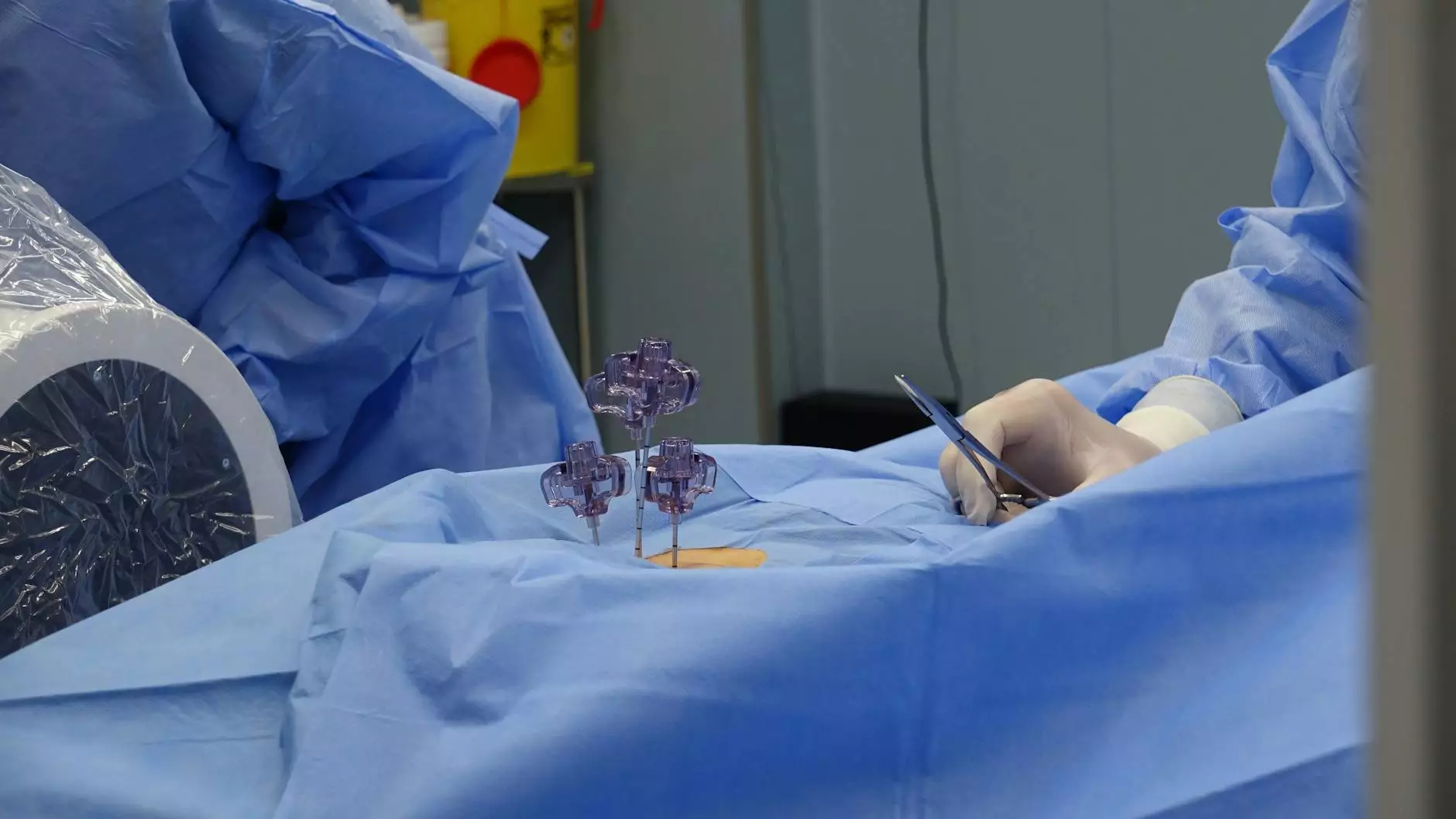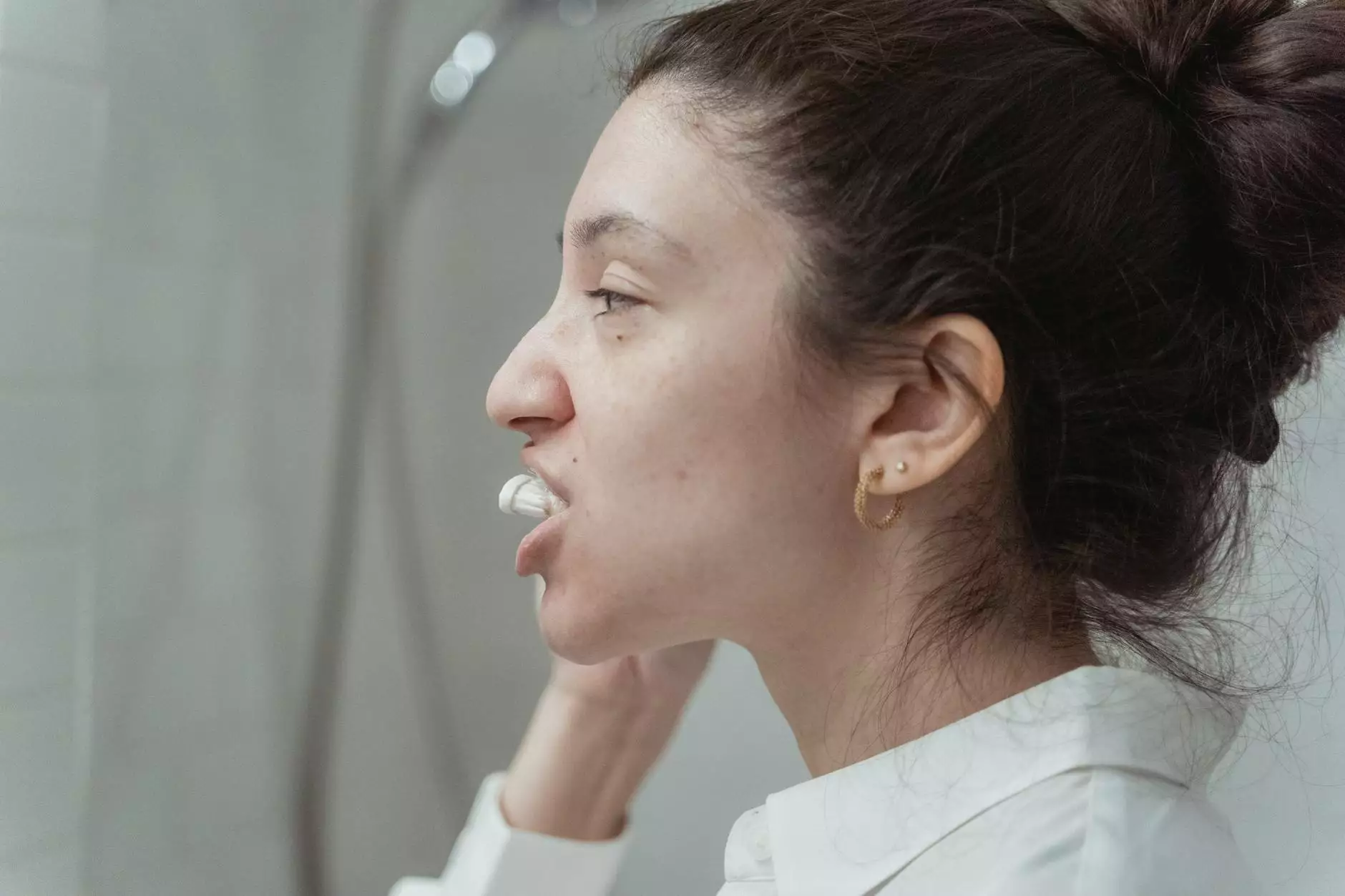Understanding Salpingo Oophorectomy Surgery: A Comprehensive Guide

Salpingo oophorectomy surgery is a medical procedure that involves the removal of one or both ovaries and the fallopian tubes. This surgery is performed for various reasons including the treatment of ovarian cysts, endometriosis, pelvic inflammatory disease, or ovarian cancer. In this article, we will explore the procedure, its indications, benefits, risks, and the recovery process in detail.
What is Salpingo Oophorectomy?
A salpingo oophorectomy is categorized into two types: unilateral and bilateral.
- Unilateral Salpingo Oophorectomy: This involves the removal of one ovary and its corresponding fallopian tube.
- Bilateral Salpingo Oophorectomy: This involves the removal of both ovaries and both fallopian tubes.
This procedure is often performed laparoscopically, meaning it uses small incisions and a camera, leading to quicker recovery times and less pain compared to traditional open surgery.
Indications for Salpingo Oophorectomy Surgery
There are several conditions that may warrant a salpingo oophorectomy surgery. These include:
- Ovarian Cysts: Large, painful cysts that do not respond to other treatments.
- Endometriosis: A condition where tissue similar to the lining inside the uterus grows outside, potentially affecting fertility.
- Pelvic Inflammatory Disease (PID): An infection of the reproductive organs that can cause scarring and lead to pain.
- Ovarian Cancer: Removal of affected ovaries as part of cancer treatment to prevent spreading.
- Genetic Predisposition: Women with a high risk of developing ovarian or breast cancer may opt for a salpingo oophorectomy as a preventive measure.
The Salpingo Oophorectomy Procedure
Before the surgery, a thorough evaluation including imaging tests and lab work is conducted. The procedure typically follows these steps:
- Anesthesia: The patient is given general anesthesia to ensure comfort during the surgery.
- Laparoscopic Access: The surgeon makes several small incisions in the abdomen to insert the laparoscope and instruments.
- Removal of Ovaries and Tubes: The ovaries and fallopian tubes are carefully removed using surgical instruments.
- Closure: After removing the necessary components, the incisions are closed with stitches or surgical tape.
Benefits of Salpingo Oophorectomy Surgery
There are several benefits associated with undergoing this procedure:
- Pain Relief: Many patients experience significant relief from chronic pelvic pain caused by conditions like endometriosis or ovarian cysts.
- Reduced Cancer Risk: For those with a family history of ovarian cancer, the surgery can significantly reduce the risk of developing the disease.
- Improved Quality of Life: Eliminating painful conditions can vastly improve the overall quality of life for many women.
- Fertility Considerations: If only one ovary is removed, it's possible for the remaining ovary to continue functioning normally, preserving some fertility.
Risks and Complications
As with any surgical procedure, salpingo oophorectomy surgery carries some risks. Common complications include:
- Infection: As with any surgical procedure, there is a risk of infection at the incision sites or internally.
- Bleeding: Internal or external bleeding can occur, which may require additional medical intervention.
- Anesthesia Risks: Though rare, complications from anesthesia can occur, including allergic reactions.
- Changes in Hormonal Balance: Removal of ovaries impacts hormone production, potentially leading to menopause symptoms.
What to Expect During Recovery
Recovery from a salpingo oophorectomy varies depending on whether it was done laparoscopically or via open surgery. Here are some general expectations:
- Hospital Stay: Many patients can go home the same day or stay overnight for monitoring.
- Pain Management: Over-the-counter pain relievers are usually sufficient, though some may require stronger medication.
- Activity Levels: Light activities can typically be resumed within a few days, while more strenuous activities should be avoided for several weeks.
- Follow-Up Appointments: Regular follow-up appointments are necessary to monitor healing and check for any complications.
Emotional and Psychological Considerations
The decision to undergo salpingo oophorectomy surgery can also have emotional and psychological implications. Women may experience feelings of loss, especially if fertility was a consideration. It is important to seek support from healthcare providers, mental health professionals, and support groups to process these emotions effectively.
Conclusion
Salpingo oophorectomy surgery is a significant medical intervention that can greatly benefit women suffering from various reproductive health issues. Understanding the procedure, its indications, benefits, and potential risks can help patients make informed decisions regarding their health. Always consult with healthcare providers for personalized advice and treatment options.
For more information about reproductive health and surgical options, visit drseckin.com.









